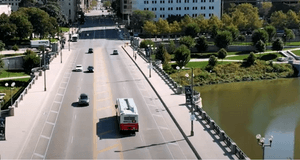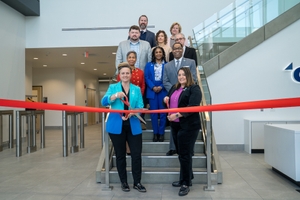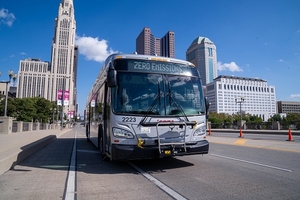COTA to Increase Hours, Frequency, On-Demand Service Starting September 21
COLUMBUS, Ohio — The Central Ohio Transit Authority (COTA) will launch new service Monday, Sept. 21 to address the needs of a re-emerging workforce, ensure social distancing during travel and provide more equitable mobility options for communities. Several COTA lines were reduced or suspended at the beginning of the COVID-19 pandemic when many customers were furloughed or began working remotely.
The new service change information, including updated timetables, can be found here. The service improvements include:
- Expanded Service Hours – COTA will operate most lines from 5 a.m. to 11 p.m. seven days a week, providing more service to communities where customers are returning to the workforce.
- Increased Frequency – COTA will provide 10-minute frequency during peak hours on high-ridership lines 1, 2, 10 and CMAX to reduce customer density and ensure social distancing.
- Crosstown Line Improvements – COTA is increasing frequency on several lines from 60 minutes to 30 minutes so customers can more quickly connect to different routes.
- Restored Transit Lines – COTA will restore Line 21 (Hilliard Rome) and Line 25 (Brice) to support customers returning to work in western and eastern Franklin County.
- Bus on Demand – COTA will launch an innovative on-demand service in northeast Franklin County, where customers in parts of Columbus, Gahanna and New Albany can hail a bus via the COTA//Plus app to be picked at the nearest transit stop. As a rideshare service, Bus on Demand will also transport multiple customers to locations within the defined zone. This service also provides access to John Glenn Columbus International Airport and Easton Town Center.
To ensure social distancing, COTA transit vehicles are limited to 20 customers and operators and customers are required to wear masks while on board any COTA transit vehicle. COTA has extensive cleaning and sanitization protocols, including sanitizing all transit vehicles from three to five times a day, treating all surfaces with an antimicrobial solution, and doubling the sanitization of 118 transit shelters.



